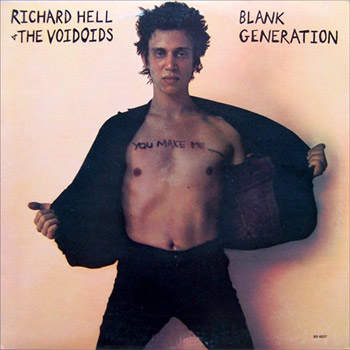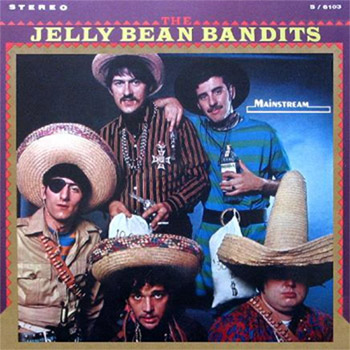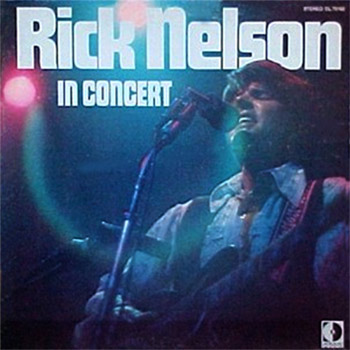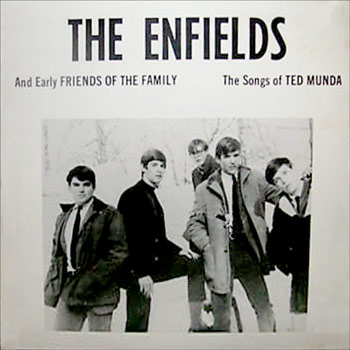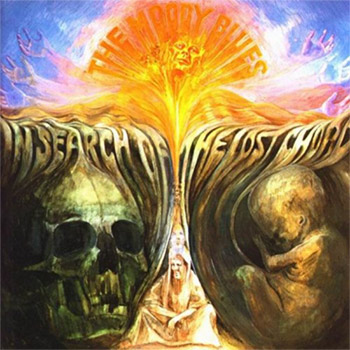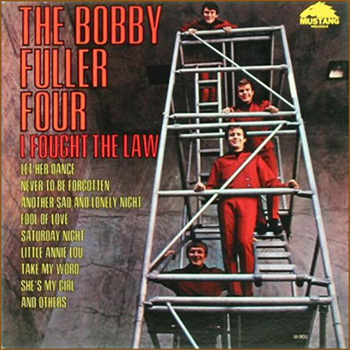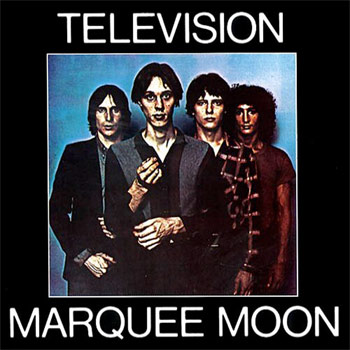Manassas “Pieces”

Pieces is the perfect name for this new Manassas outtakes collection from Rhino. Nobody had combined country, rock, salsa, blues, and bluegrass like Stephen Stills’ powerhouse 7-piece that formed out from the wake of CSNY and the Burrito Brothers, and their eponymous album was a disconnected smattering of “pieces” itself. This new hodgepodge of unheard treats may be scattered, but it’s right in line with tradition and kicks ass like any Manassas fan would expect.
Pieces collects some leftovers from the Miami sessions that led to the first album (“Witching Hour” “Like A Fox”), warmups and ideas intended for the 2nd Manassas album, Down The Road (“Lies” “Love and Satisfy”), as well as what Stills refers to as “Chris Hillman and Byron Berline teaching me bluegrass” (“Panhandle Rag” “Uncle Pen”). Other tracks are electrified covers from Stephen Stills 1 & 2, the hugely successful solo albums that gave Stephen the freedom to form a band with Doug Sahm level schizophrenia.
There are a number of gems here; “Witching Hour” and “Sugar Babe” are easy classics. Stills throws together the chorus of “Like a Fox” last minute and presages Manfred Mann’s “Fox On The Run” (which the Country Gentlemen would turn into a bluegrass standard) word for word. Only problem, even with Bonnie Raitt lending her voice, I can’t hear past the Manfred version to this one. On Side B, the bluegrass numbers have no knockout picking, but it’s a treat to hear Stills and Hillman harmonize on “Uncle Pen.” “Do You Remember The Americans,” however, is cooler grass than I’ve ever heard. I wish Stills had recorded an entire album in this vein. “I Am My Brother” is a sick solo blues to prove Stills’ immense talent and soul.
This is a no-brainer for Stills, CSNY, Byrds, Burrito, or rock music fans.
“Do You Remember the Americans?”
![]() CD Compilation | 2009 | Rhino | buy at amazon ]
CD Compilation | 2009 | Rhino | buy at amazon ]
![]() Spotify link | listen ]
Spotify link | listen ]
